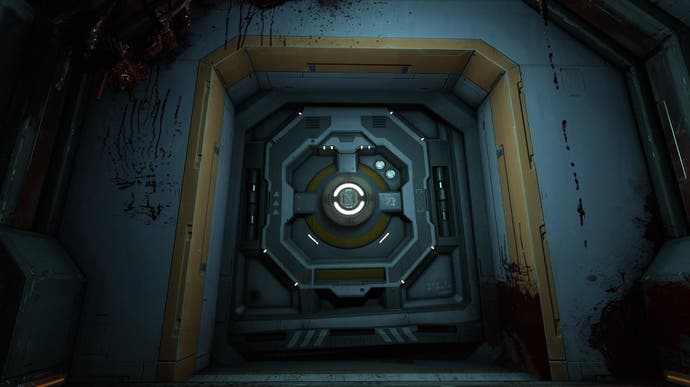An ode to video game doors
Walking you through the doors of Doom, Dark Souls and more.
It's easy to underestimate the humble door. You open it, you go through. Sometimes, you must find the key first, and for many games, that's the whole extent of the player's interactions with doors. They're something to get past, something that cordons off one bit from the next bit. A simple structural element, of special interest to level designers, but not the ones who turn the knobs.
And yet, the fundamental nature of doors that makes them seem so mundane also imbues them with a kind of magic. How do I open it? And what could be behind it? A good door is a locus of challenge and mystery; mystery that could give way to delight, wonder, or even a good scare. A good door is a teasing paradox that does everything in its power to entice and invite, but also puts up a decent effort to keep you out, at least long enough to intrigue and fire up your imagination.

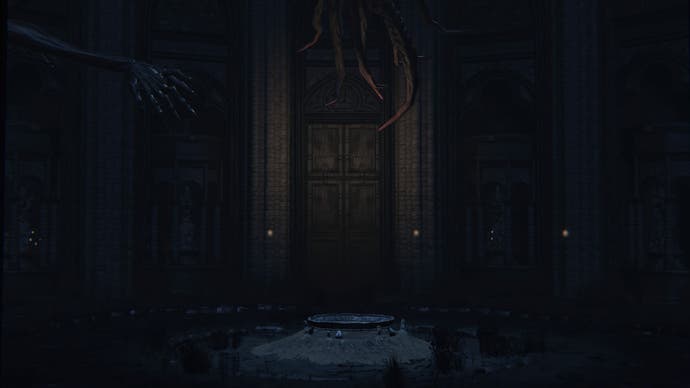

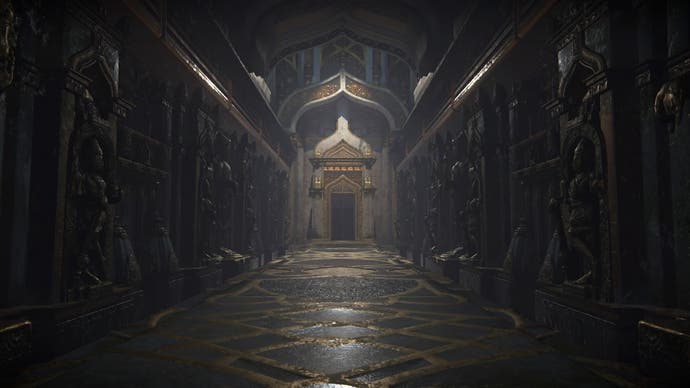





Some games highlight the versatility of doors by turning them into especially dense knots in the possibility space. In games like Thief, Dishonored, Prey, Deus Ex or Darkwood, doors can be lockpicked, hacked, blown to bits or cleverly circumvented. In emergencies, they can be barricaded, blocked by heavy objects or even taken off the electric grid. For the tactically minded, they can serve as choke points to lure enemies into traps or ambushes, while the patient can use keyholes to spy on the unsuspecting, or simply get close enough to a door to eavesdrop on an important conversation.


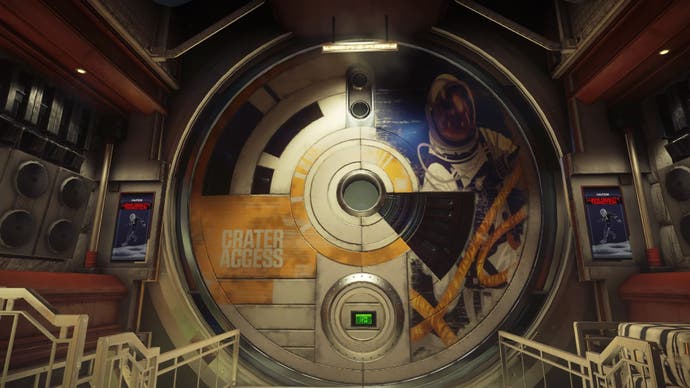
But even the simplest door that doesn't do much beyond block your path and eventually open can be intensely memorable for a variety of reasons. A good door intrigues with its visual design and aesthetics, draws both your eye and your movement even from a great distance. Take the grand silvery gate that leads to the grave of Sir Artorias and the boss battle with Sif in Dark Souls. In the twilight environment of the Darkroot Garden, the sliver of light escaping between the closed wings of the gate beckons like a will-o'-the-wisp. As a result, the gate not only establishes a subtle and unobtrusive waypoint, but also gradually builds expectation on your way there.
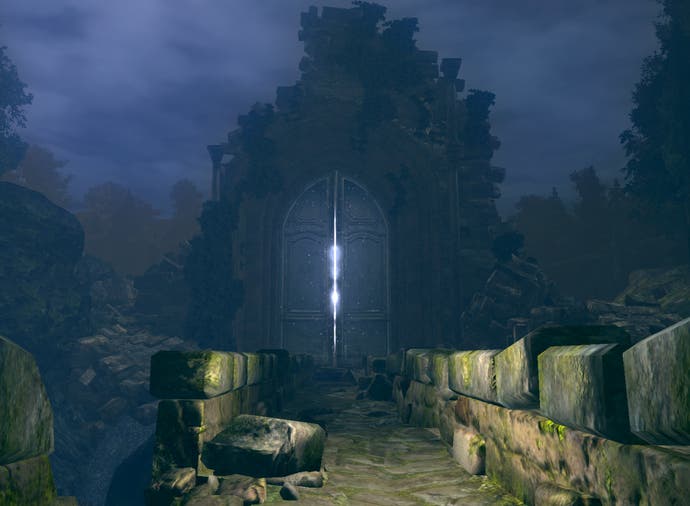

Speaking of aesthetics, the way a gate or door opens - for example quickly or slowly, unceremoniously or with a flourish - is an important part of its design. In Bloodborne, opening a gate often begins an animation of our protagonist labouring against the weight with obvious physical effort. It not only makes its gates believable as material objects and builds tension through delay, but also fits perfectly with the game's overall emphasis on struggle and exertion.

Doom (2016) boasts some of the best doors not just in terms of visual design, but also from the standpoint of animation. At crucial moments, Doom employs BFGs ('Big Fucking Gates') to halt you in your tracks. In a game all about thrills delivered at high-speed, a gate opening ponderously while you wait can have a powerful effect. Of course, even this effect can be subverted, as when a considerate Cyberdemon abruptly opens the gate for you from the other side.




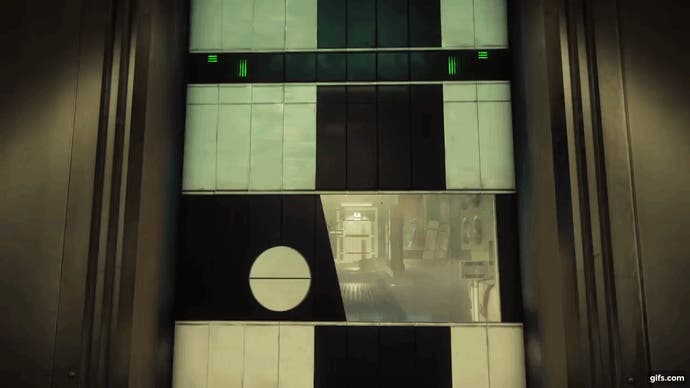
A good door is not only a seamless part of its architecture but plays a key role in world building. The industrial-futuristic doors of Doom encapsulate its world with their cold elegance, weight and mechanic aggressiveness.
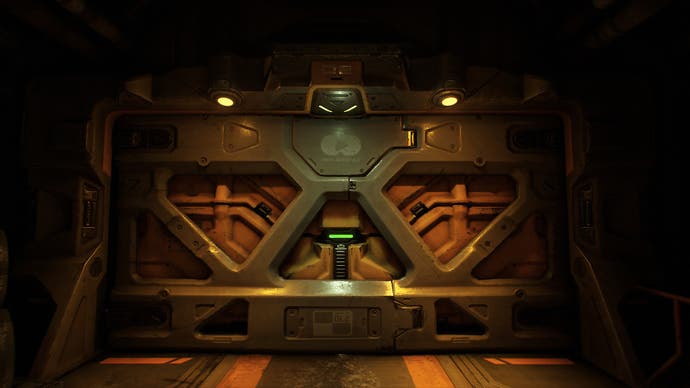
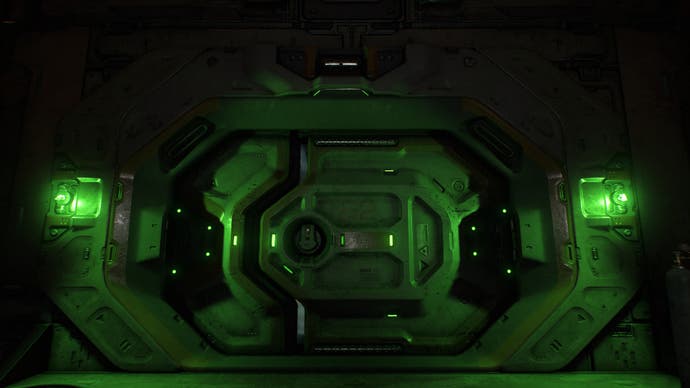
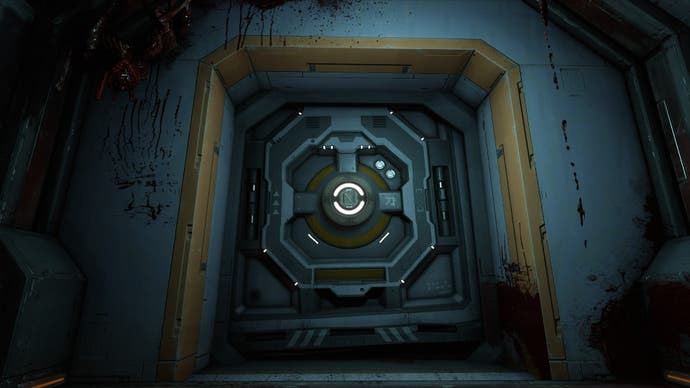
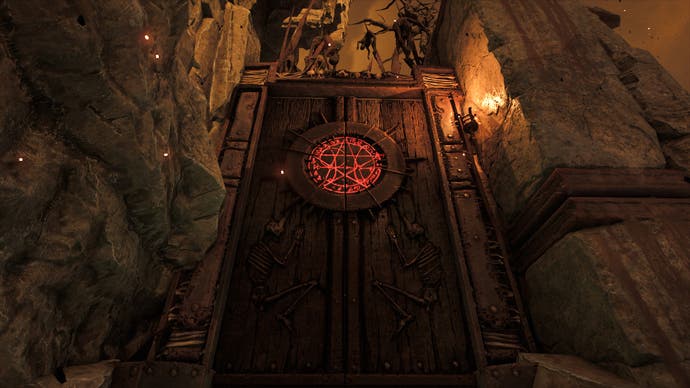
In the similarly industrial Alien: Isolation, doors are often less obliging, demanding a combination of button presses that cause our frail protagonist to pull handles, or employ wrenches or blow torches. Its doors are cumbersome contraptions that not only serve to emphasise struggle and the decrepitude of its environment, but also make you vulnerable to potential attacks by the xenomorph.

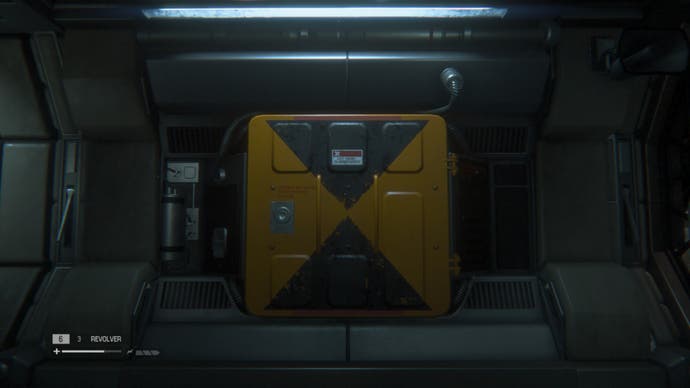



The Dishonored games present a master's class in using doors to reflect on the kind of environment you're traversing. The homes of the rich and powerful are full of playful and ostentatious doors that are meant to flaunt good taste, influence and an abundance of riches. Their functional dimension becomes almost secondary; they are status symbols first and foremost. Since doors control the flow of movement through a place and draw the gaze, they're ideally suited for this purpose. The first door of Clockwork Mansion for example, intricately flamboyant and flanked by wooden statues of lions, sets the tone perfectly while succinctly commenting on the hubris and narcissism of its architect and master Kirin Jindosh.


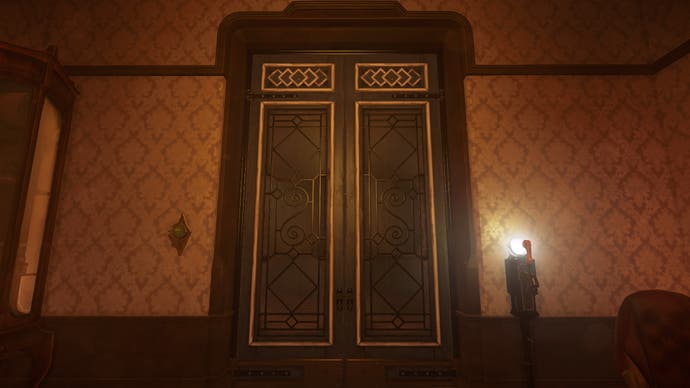


In Wolfenstein: The New Colossus, doors sometimes fulfil a similar function, illustrating the tasteless megalomania of the Nazi regime.

Good doors can deliver narrative punches, can be emotionally charged, can provide meaning. Players of Fallout 3 aren't likely to forget the opening of Vault 101 that releases them from the claustrophobia of the vault into the open wilderness of the wasteland (it doesn't hurt that its unhurried opening animation is one of the most mechanically intricate and aesthetically pleasing that can be found in games.)
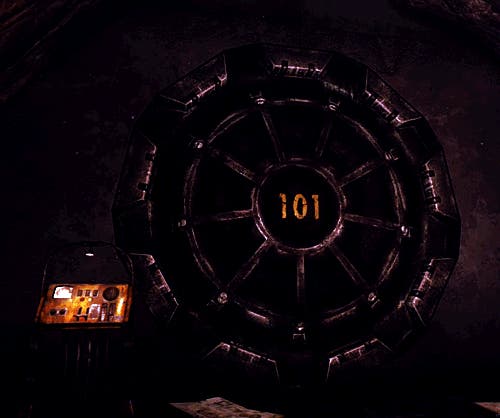
In Shadow of the Colossus, Wander entering the forbidden lands through a gate is similarly indicative of a meaningful and weighty transition.
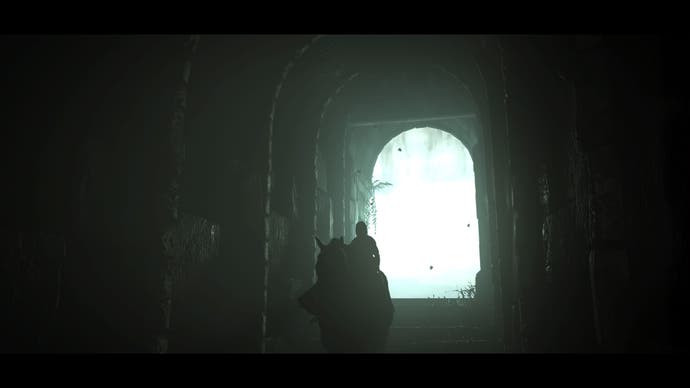
Despite its humble appearance, the opening of the attic door in Gone Home, surrounded by the ominous red glow of holiday lights, is a gut-wrenching moment and one of the most effective if simple uses of a door in games.

The Stanley Parable, meanwhile, uses its plain doors for comedic effect, most notably in those playful and memorable moments when the narrator tells you to go through one door and you pick a different one.

Doors may be one of the most common and simple design elements in games, but they're also one of the most versatile. They are to a game's architecture what punctuation is to a text, controlling flow, rhythm and emphasis. A door can be like an unobtrusive comma, a sophisticated semicolon, a bold exclamation mark, or simply a decisive full stop. But they're also much more than that. A good door can offer challenges or opportunities. It can tease, gratify or frustrate. It can guide or hinder us on our path, speed us along or force us to pause. It can put emphasis on central transitions or moments in a story. It can even reinforce themes or tell us something about its world or the character and ideology of its architects. And of course, it can simply get our attention through elegant or intricate visual design, or the pleasing way it sounds and looks as it opens for us.
